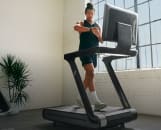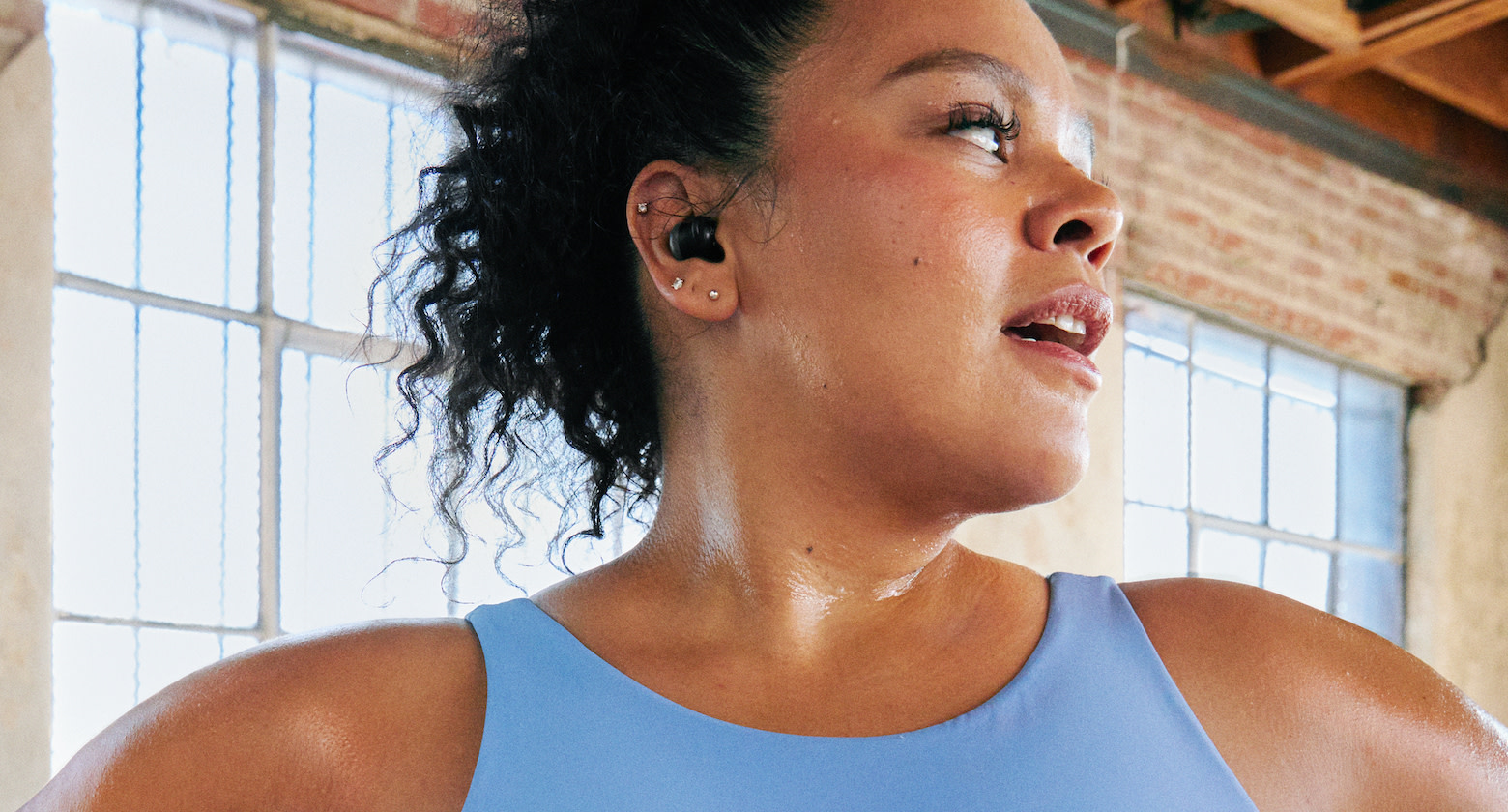How Does Breathing Change During Exercise?
What Proper Breathing During Exercise Can Do for Your Workouts
Breathing in Yoga
Breathing During Cardio Exercise
How to Breathe When Lifting Weights and Strength Training
Final Thoughts
Breathing is something you do all day (and night), but when was the last time you really paid attention to your inhales and exhales—especially while exercising? If you can’t remember, let’s start now. Why? Because learning how to breathe when working out and adjusting your breathing patterns based on the activity type can positively affect how you feel and perform.
“The simple act of becoming aware of our breath—be it during yoga, other disciplines, or everyday life—helps us tune into the moment and the momentary state of our body and mind,” says Peloton instructor Nico Sarani. “Breath awareness helps us get to know ourselves better and gives us the power to change our well-being or mindset.”
How Does Breathing Change During Exercise?
Your heart and lungs are working hard when you’re exercising: The lungs are providing oxygen to your body and getting rid of carbon dioxide, while your heart is pumping the oxygen to the muscles that you’re using to get through that tough Peloton class. As your muscles push, your body starts using more oxygen and producing more carbon dioxide. You probably inhale and exhale about 15 times a minute when you’re resting, but your breathing during exercise will increase to about 40 to 60 times per minute to cope with the extra demand, according to the National Library of Medicine. Your circulation will also speed up to bring more oxygen to your muscles.
What Proper Breathing During Exercise Can Do for Your Workouts
Paying attention to your breathing during exercise can have a big effect on your athletic performance. When you practice proper breathing, you’re getting oxygen to your muscles in the most efficient way, which means you can push yourself harder in class and ultimately get better results. But if you don’t focus on your breath, you're more likely to take shorter, shallower breaths, which don’t bring as much oxygen into the lungs. As a result, your heart rate and blood pressure increase, making it harder to get a good workout—and likely making you feel pretty uncomfortable in the process.
Breathing in Yoga
Yoga classes focus on breath more than most other activities, so when developing breath awareness, it’s a good place to start—but changing up your breathing patterns may still take some time to get used to.
“Even though yoga would not be yoga without incorporating breath, don’t worry too much about the correct breathing at the beginning, as the postures can be a lot to get a hang of,” Nico says. “Eventually, you may get to a point where you automatically link movement and breath, which is such a delicious feeling and rhythm.”
As a general guideline, during a yoga class you should breathe in and out through your nose, trying to keep the inhales and exhales equally long and smooth. “I love integrating counts, as they help with that process and keep the mind focused on the here and now,” Nico says.
Taking deep, slow breaths helps calm the body and mind—a useful benefit on and off the mat. This type of breathing in yoga can also help you get deeper into a pose, or make an intense pose like Pigeon more bearable.
Breathing During Cardio Exercise
The preferred breathing pattern for a cardio workout, such as running, is to inhale through your nose and exhale through your mouth as evenly and consistently as possible. As with yogic breathing, this can take a while to get used to, especially when you up the intensity and naturally want to breathe through your mouth only.
“With the right breathing, the run becomes easier and easier,” says instructor Marcel Maurer, who teaches Peloton Tread and strength classes. “The lungs and body adapt over time and Members feel more powerful and more free to run.”
When starting out, Maurer says to focus more on fully exhaling through your mouth, as that helps the inhale come more naturally. Try to say calm, and reduce your pace if the breathing doesn’t feel manageable.
On the other hand, if you’re exercising outdoors in the cold, he says it’s more important to master the nasal inhale. The nose will warm up the cold oxygen, he says, which is important as cold air can slow or block your blood flow.
How to Breathe When Lifting Weights and Strength Training
It’s common to wonder during weight training when should you inhale vs exhale. The exhale should happen with the concentric part of an exercise (the resistance/effort) and inhale with the eccentric part (the yielding part) when doing strength moves, says Marcel.
For instance, if you’re doing a shoulder press, you would exhale as you press your dumbbells overhead and inhale as you lower them. The same goes for how to breathe during pushups: Breathe in as you lower your body to the floor and out as you push yourself back up.
As with cardio, the recommended breathing pattern for strength work is to inhale through the nose and exhale through the mouth. “Your muscles need oxygen in a strength class to transport waste products like lactate and CO2 away,” says Marcel. “Breath and oxygen are also important for preventing an increase of your blood pressure during strength exercises.”
“I would also recommend breathing more into your stomach, not just halfway to your chest, to bring more oxygen into your body,” he says. “That's important for cardio and strength.”
Final Thoughts
Mindful breathing pays dividends in your non-exercise time too. “This knowledge can be transferred from the mat into daily life just beautifully, and has proven to be a valuable tool for me personally,” Nico says. “This is why I sometimes call yoga a ‘toolkit for life.’ Whatever your ailments or challenges are, yoga has got something for you to help navigate it.”
A good rule of thumb, she says, is to focus on lengthening and deepening your exhales when you want to calm your body and mind. For a more energizing effect, do the reverse, and inhale as long and as deeply as possible.
“The more I bring awareness to my breath, the more I practice observing myself in other ways,” Nico adds. “That's powerful, because we can only bring about change when we're aware of the status quo."
Ready to practice your new breathing skills? Try a class on the Peloton App!
This content is for informational and educational purposes only and does not constitute individualized advice. It is not intended to replace professional medical evaluation, diagnosis, or treatment. Seek the advice of your physician for questions you may have regarding your health or a medical condition. If you are having a medical emergency, call your physician or 911 immediately.
Level up your inbox.
Subscribe for a weekly dose of fitness, plus the latest promos, launches, and events.
By providing your email address, you agree to receive marketing communications from Peloton.
For more about how we use your information, see our Privacy Policy.




